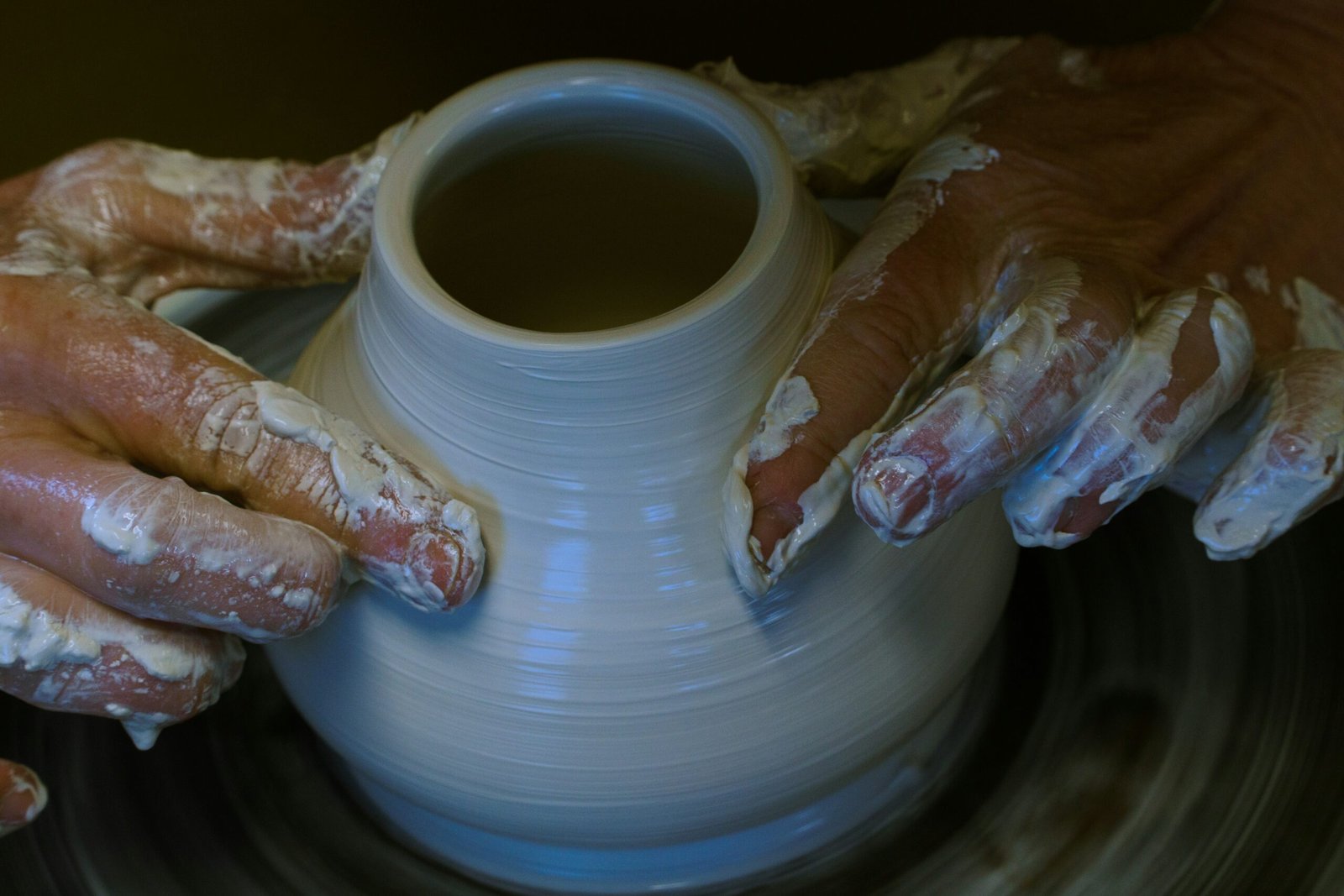Sodiceram has emerged as a trailblazer in the ceramics industry, blending innovation with sustainability to create products that are not just functional but also environmentally friendly. Founded on the principles of quality and craftsmanship, Sodiceram’s history is rich with tradition yet forward-looking in its approach. As we explore this remarkable company, you’ll discover how it has redefined ceramics production through cutting-edge techniques, sustainable practices, and collaborative efforts within the industry. Join us as we delve into what makes Sodiceram a game-changer for both consumers and the planet.
The innovative techniques used in ceramics production
Sodiceram is at the forefront of ceramics production, harnessing cutting-edge techniques that set new industry standards. One notable method involves 3D printing technology, allowing for intricate designs that were once impossible with traditional methods.
This revolutionary approach not only enhances creativity but also reduces waste in the production process. By utilizing additive manufacturing, Sodiceram minimizes material usage while maximizing detail and precision.
Another innovative technique is the use of advanced glazing processes. These allow for a broader range of colors and finishes without compromising durability or safety. The results are stunning pieces that resonate with both aesthetics and functionality.
Moreover, incorporating smart technologies into kiln operations optimizes energy consumption. This reduces carbon footprints significantly while maintaining high-quality outputs. Each innovation reflects Sodiceram’s commitment to pushing boundaries in ceramic design and production efficiency.
Sustainability practices at Sodiceram
Sodiceram is at the forefront of sustainability in ceramics. The company embraces eco-friendly materials and innovative production techniques. This commitment minimizes waste while maintaining high-quality standards.
Water conservation is another cornerstone of their practices. Advanced recycling systems ensure minimal water use during production. Every drop counts, and Sodiceram understands this well.
Energy efficiency plays a pivotal role too. By utilizing renewable energy sources, they significantly reduce their carbon footprint. Solar panels adorn the rooftops, harnessing nature’s power to fuel operations.
Moreover, packaging is crafted from recycled materials, reducing landfill impact. The focus on biodegradable options showcases a holistic approach to environmental responsibility.
Employee engagement in sustainability initiatives fosters a culture of mindfulness within the organization. Everyone contributes ideas for greener solutions, ensuring that innovation never stops at Sodiceram.
Impact of Sodiceram’s innovations on the environment and industry
Sodiceram stands at the forefront of environmental stewardship in the ceramics industry. By integrating innovative techniques, they have significantly reduced waste and energy consumption during production.
Their use of advanced materials allows for lower firing temperatures, which translates to less carbon emissions. This shift not only benefits the environment but also enhances product durability.
Moreover, Sodiceram’s commitment to circular economy principles promotes recycling within its processes. Waste materials are repurposed into new products, minimizing landfill contributions and fostering a sustainable approach.
The ripple effect is profound; as other companies observe Sodiceram’s success, many are inspired to adopt similar practices. This collective movement encourages an entire industry shift toward sustainability and innovation.
Such initiatives are essential as consumers increasingly prioritize eco-friendly choices. In this evolving landscape, Sodiceram leads by example, pushing boundaries while safeguarding our planet for future generations.
Collaboration with other companies for sustainable solutions
Sodiceram actively partners with various companies to enhance its sustainable practices. By joining forces, they explore innovative ideas that benefit both the environment and the industry.
These collaborations often focus on reducing waste and maximizing resource efficiency. Through shared expertise, Sodiceram develops cutting-edge techniques that minimize their carbon footprint.
Working alongside technology firms has led to advancements in energy consumption during production processes. These improvements not only save costs but also contribute to a cleaner planet.
In addition, partnerships with local communities foster social responsibility. Together, they promote recycling initiatives and educate consumers about responsible usage of ceramic products.
Such cooperative efforts show how collaboration can spur positive change in manufacturing while creating a ripple effect across industries. It’s an inspiring model for others seeking sustainable solutions in today’s world.
Future plans and goals for Sodiceram
Sodiceram is looking ahead with exciting plans that prioritize innovation and sustainability. The company aims to expand its product line by incorporating new materials and techniques, ensuring they remain at the forefront of ceramic design.
Investing in research and development is a key focus. By collaborating with universities and tech startups, Sodiceram seeks to harness cutting-edge technologies. This will enhance production efficiency while reducing environmental impact.
The pursuit of eco-friendly practices continues to be a driving force. Future initiatives include adopting renewable energy sources in manufacturing processes and exploring circular economy models for waste management.
Moreover, expanding partnerships within the industry can lead to shared solutions for sustainability challenges. Sodiceram envisions creating a network of like-minded companies committed to pushing boundaries in ceramics.
These goals reflect their dedication not just to business growth but also to leaving a positive mark on the planet.
Conclusion:
Sodiceram stands at the forefront of a transformative shift in the ceramics industry. Through its commitment to innovation, it is redefining traditional practices and embracing cutting-edge techniques that enhance both functionality and aesthetics. The integration of technology within production processes not only elevates product quality but also streamlines operational efficiency.
Meanwhile, Sodiceram’s dedication to sustainability reflects a broader awareness of environmental impacts. By implementing eco-friendly practices, such as reducing waste and utilizing sustainable materials, Sodiceram sets an example for others in the industry to follow. This proactive approach contributes positively to the planet while meeting growing consumer demand for responsible products.
The collaborations with various companies further amplify their impact by fostering innovative solutions across sectors. These partnerships highlight how collective efforts can lead to significant advancements in sustainable manufacturing.
Looking ahead, Sodiceram continues to aim high with ambitious plans designed to push boundaries even further. Their vision includes exploring new technologies and expanding product lines that prioritize both creativity and ecological mindfulness.
Sodiceram is truly shaping the future of ceramics through its unwavering focus on innovation intertwined with sustainability, paving the way for a more responsible industry that resonates with today’s conscious consumers.

